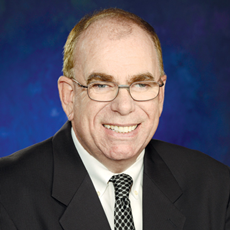
In his most recent State of the State address, New York Gov. Andrew M. Cuomo (D) said an upcoming Supreme Court ruling might be the end of public unions.
As far as most nursing home operators are concerned, it’s too bad the same fate wouldn’t extend to non-public unions as well. To say there’s no love lost here would be an extreme understatement.
In late February, our nation’s highest court heard arguments in the case known as Janus v American Federation of State, County and Municipal Employees. At issue is whether public employees who choose not to join their designated union may nevertheless be charged agency fees to support collective bargaining.
The “Janus” in this case is Mark Janus, an Illinois Department of Healthcare and Family Services employee. AFSCME represents the workers there.
While he is not a member of the union, money is still removed from his paycheck to support it. He argues this requirement amounts to an infringement on his right to free speech.
The upcoming case might very well result in a 5-4 decision, with Neil Gorsuch casting the swing vote.
Most experts agree that an anti- union vote by the Supreme Court would hurt unions financially, but it probably won’t put them out of business.
Union membership has been slowly declining for the past seven decades. There have been plenty of arguments for and against the proposition that this is a good thing. My view is that it is, but not for the reasons near and dear to many nursing home operators.
The industry sees the riddance of union employees as being akin to the riddance of pests. Unions create all kinds of managerial and bottom-line headaches. And who needs those? At least, that’s the gen-eral sentiment in the c-suite. And there’s no refuting the logic, at least from a management perspective.
As for me, I take the declining membership numbers as a sign that working conditions must be improving. People are, by and large, self-interested creatures. That more employees no longer see the need for others to bargain on their behalf would appear to be a sign of progress.
From the March 01, 2018 Issue of McKnight's Long-Term Care News




